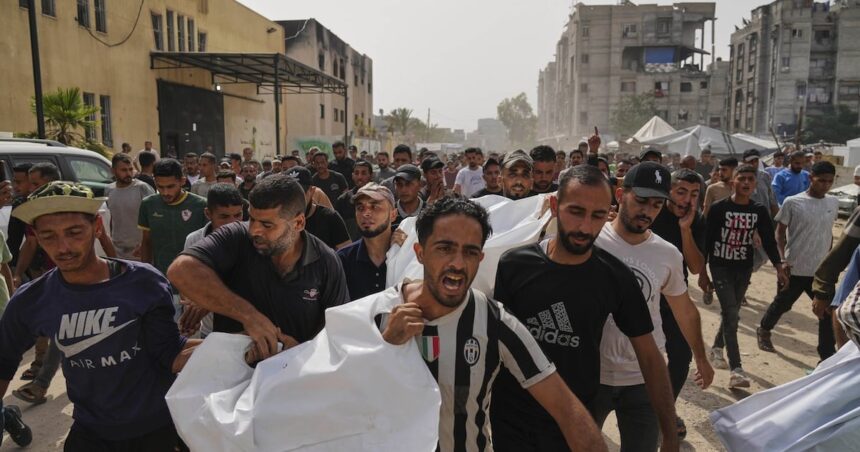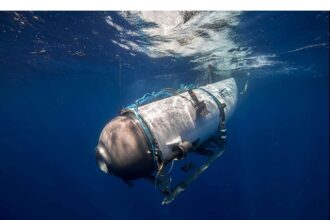In a significant shift amid the ongoing conflict, Israeli authorities have begun allowing more humanitarian aid to enter Gaza as international pressure mounts over the deteriorating conditions faced by Palestinian civilians. The decision comes after weeks of intensifying calls from global humanitarian organizations and world leaders who have described the situation as “catastrophic” for the 2.3 million people trapped in the enclave.
According to United Nations officials, approximately 200 aid trucks crossed into Gaza yesterday through the Kerem Shalom crossing—marking the highest single-day total since the conflict began last October. The increased flow of supplies includes essential food items, medical supplies, and fuel needed to operate critical infrastructure including hospitals and water treatment facilities.
“This is a welcome development, but far from sufficient given the scale of humanitarian needs,” said Martin Griffiths, UN Under-Secretary-General for Humanitarian Affairs. “We’re seeing children suffering from malnutrition, hospitals operating without basic supplies, and entire neighborhoods without clean water.”
The aid increase coincides with renewed diplomatic efforts led by Egypt and Qatar to negotiate a temporary ceasefire. Sources close to the talks indicate that intermediaries have proposed a two-week pause in hostilities to allow for more substantial humanitarian relief operations and potential prisoner exchanges.
Canadian Foreign Affairs Minister Mélanie Joly reaffirmed Canada’s support for humanitarian efforts during a press conference in Ottawa, stating, “Canada continues to advocate for unimpeded humanitarian access to Gaza while recognizing Israel’s legitimate security concerns. The protection of civilian lives must remain paramount.”
Despite the increased aid flow, the situation on the ground remains precarious. The World Food Programme reports that approximately 85% of Gaza’s population has been internally displaced, many multiple times, making aid distribution particularly challenging. In northern Gaza, where Israeli military operations have intensified, access remains severely limited.
Dr. Sarah Khaled, who recently returned from a medical mission with Doctors Without Borders, described the conditions she witnessed: “We’re seeing diseases spreading that we haven’t encountered in Gaza for decades. The combination of overcrowding, limited sanitation, and malnutrition has created a perfect storm for public health disasters.”
The conflict has devastated Gaza’s infrastructure, with the UN estimating that over 60% of housing units have been damaged or destroyed. Power outages continue to plague the territory, with most areas receiving only 3-4 hours of electricity daily, severely impacting water pumping stations and sewage treatment facilities.
International legal experts have raised concerns about whether the blockade and restrictions on humanitarian aid could constitute collective punishment under international humanitarian law. The International Court of Justice recently ordered Israel to take all necessary measures to prevent genocide in Gaza, including ensuring humanitarian assistance reaches civilians.
Economic analysts at the World Bank estimate the cost of rebuilding Gaza’s infrastructure will exceed $15 billion, a figure that continues to rise as the conflict persists. The destruction has effectively erased years of development progress in one of the world’s most densely populated areas.
As aid organizations scramble to distribute the newly arrived supplies, questions remain about how sustainable this increased flow will be, and whether it signals a more permanent shift in Israeli policy or merely a temporary response to international pressure. With winter conditions adding to civilian hardship, can the international community find a way to balance legitimate security concerns with the urgent humanitarian imperative to protect innocent lives caught in the crossfire?










